This is the one hundred ninety-sixth entry in the Scratching That Itch series, wherein I randomly select and write about one of the 1741 games and game-related things included in the itch.io Bundle for Racial Justice and Equality. The Bundle raised $8,149,829.66 split evenly between the NAACP Legal Defense and Education Fund and Community Bail Fund, but don’t worry if you missed it. There are plenty of ways you can help support the vital cause of racial justice; try here for a start. This particular entry is also part of the Keeping Score series about games and their soundtracks. Lastly, as always, you may click on images to view larger versions.
Our one hundred ninety-sixth random selection from the itch.io Bundle for Racial Justice and Equality is imagining not one, but nine different perfect worlds. It’s Utopias: Navigating Without Coordinates by AAA, and its tagline in the bundle reads:
A utopian planetary system of nine worlds, a collective hallucination woven…
Get ready to hallucinate nine times.
Utopias is one of those weird games that are hard to find outside of platforms like itch.io. The developers, AAA, are (or were?) a software art collective who actively reject the norms of game development, with the mantra “No institutions. No bosses. No budget.” A recent interview with a former member suggests the collective may be broken up now, although three members continue collaborating via the new collective Fantasia Malware. For Utopias, each member of AAA made their own interpretation of a utopia, resulting in nine different worlds for the player to visit, one of which (I think) is the central hub area that connects the others. With no set guidance for what each person should create, the result is kind of a patchwork of entirely different games, but the hub area connects them and makes them feel part of a larger whole. Players can visit the worlds in any order they wish, each offering some new, as-yet-unknown experience. All of them are pretty trippy.
The best touchstone in terms of style is Space Hole 2018, my favorite pick from year one of Scratching That Itch. Both games use a psychedelic array of colors and graphical effects to portray strange, alien spaces. Both suggest, at first glance, a dangerous amount of visual noise, threatening to overwhelm players’ senses. Yet both are actually very calm, even serene, to play. As Utopias opens, players control a shiny humanoid figure as it traverses a tiny planetoid, not unlike those from Super Mario Galaxy. As the figure walks, peripheral vision warps in a kind of reverse fisheye effect. There are pads strewn about that launch the humanoid to other, nearby planetoids, each with its own strange landscape, and each holding a portal leading to one of the utopias.
These utopias can be anything. A few are similar to the hub area, in that players mostly walk around and take in the sights, and maybe talk to a few people (or creatures). Many are stranger than this. One had me choose an animal from a huge list and then let me fly around as a caged version of that animal, trying to collect other creatures as part of my flock. Another is a rail shooter about sabotaging heavy industry by shooting it with life-giving bullets, creating flora and fauna that choke the gears and pistons. One of the creators left a lengthy message about his motivations and thoughts while creating his utopia. Another spoke about strange rituals, the audio looping over itself, as I struggled to view my surroundings through a string of words that acted as windows. After each experience, I found myself back on the starting planetoid, but my humanoid’s appearance had changed, and new elements appeared on the tapestry nearby. Complete the tapestry by visiting all the worlds, and players can find an ending of sorts.
Perhaps the one unifying rule throughout Utopias is the controls: everything is done with a three-button mouse, using left clicks, right clicks, and the mouse wheel. That means it can be played with one hand, if need be. It also means it’s always approachable, even when things get really weird. There were only a few moments when I was unsure of what to do, or what I was looking at. Overall Utopias is a very welcoming thing, inviting players to explore its peaceful and often gorgeous worlds. It’s strange and surreal, yes, but not in an aggressive way. It aims for a sense of wonder, of never knowing what is coming next, but trusting it will be interesting and beautiful.
Utopias is a short experience overall, unlike Space Hole 2018 which sprawls over hundreds of small levels. But both are the kind of overt art pieces that make me thankful that itch.io exists. Utopias is a beautiful and wonderful thing, making no concessions to entrenched concepts of game design, yet remaining welcoming and (mostly) understandable to the player. I enjoyed my time with it enough that I looked into what its ten listed creators are up to now. Chloê Langford, Gabriel Helfenstein and Jira Duguid continue to collaborate on similarly psychedelic projects as Fantasia Malware (and Gabriel Helfenstein also released North in 2016, which I’ve heard good things about). Fedya Balashov is doing sound design and music for an “existential platformer” called Peppered (demo available). Jack Perkins made a game called SENTINEL with Kriscia Martinez (who was not a member of AAA). I was unable to determine what Jessica Palmer or Nick Morrison are up to now, nor Matias Brunacci whose personal page doesn’t show anything more recent than Utopias. Merle Leufgen ran the Artgames Berlin events that birthed AAA, but it’s unclear if those are still happening. Tristan Neu did music for North but I’m not sure what he’s up do these days.
I’m glad they all collaborated on Utopias though. If you don’t mind a bit of psychedelia, I can recommend checking it out. And don’t worry if you missed it in the bundle, because Utopias: Navigating Without Coordinates is offered for whatever price you wish to pay, including free. It also includes the original soundtrack, which brings me to…
The Score:
The soundtrack for Utopias, titled Utopias Party Mix, contains nearly an hour of original music spread across 13 tracks. The music is credited to AAA members Matias Brunacci, Chloê Langford, Nick Morrison, and Tristan Neu, plus the very brief track “Welcome” by AAA member Merle Leufgen, and a “JiraTrello Remix” (presumably by AAA member Jira Duguid) of a track by Termotank, a project by Matias Brunacci with Guido Flichman. With so many artists, writing music for such a varied game, I was expecting a lot of different musical styles, but largely the music can be classified as ambient electronica. This makes it a surprisingly coherent listen.
But there are distinctions between the different composers. Tristan Neu’s offerings feature a lot of floaty synths that make them sound a bit like ambient chillsynth, except for “Bioforce Utopia” which adds a skittering beat for a more energetic feel. Chloê Langford’s tracks both feature vocals — presumably her own — that offer instructions or describe experiences. The vocals are doubled and layered over each other, creating disorienting echoes and strange syncopations, and instantly recalling the worlds in which they feature during play. Nick Morrison’s tracks combine synth drones with naturalistic sounds like waves washing over a beach, or the buzzing of insects. Matias Brunacci’s lone offering also features the sound of waves, and is perhaps the closest to a pure ambient piece, with long synth lines that slowly evolve over the course of minutes.
There are a few tracks that grate. The remixed Termotank track “Microfrutillas” features a lot of harsh noise, and Nick Morrison’s nearly 12-minute track “San Ya” turns its rushing water and insect chirps into a high-pitched sibilance that is hard to listen to. But overall the soundtrack is a nice, relaxing listen. The “Party Mix” moniker was perhaps meant as a joke, given how chill the music is overall. This one is for ambient fans, but it’s a nice bonus if (like me) you fall into that category.
That’s 196 down, and only 1545 to go!

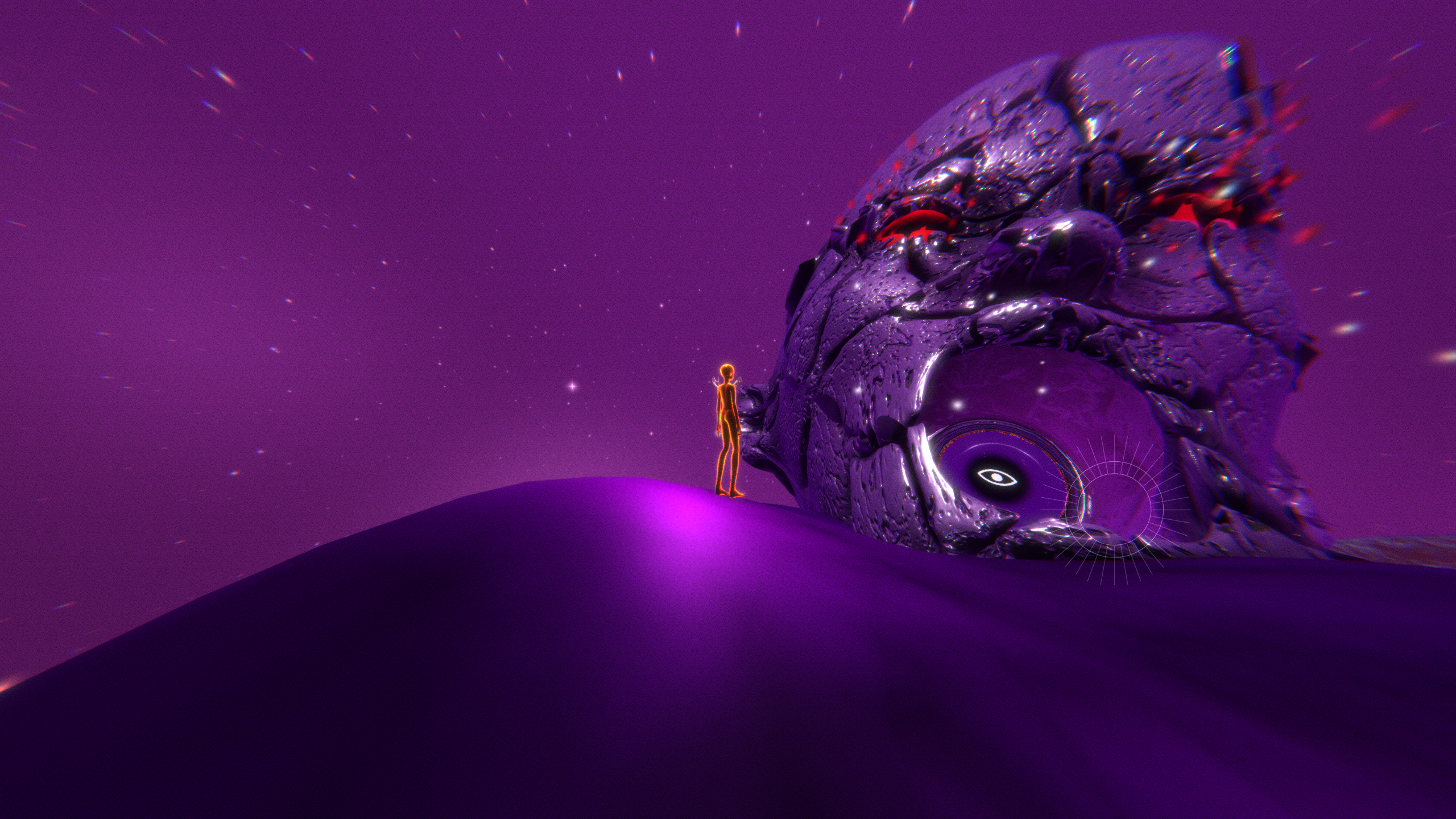
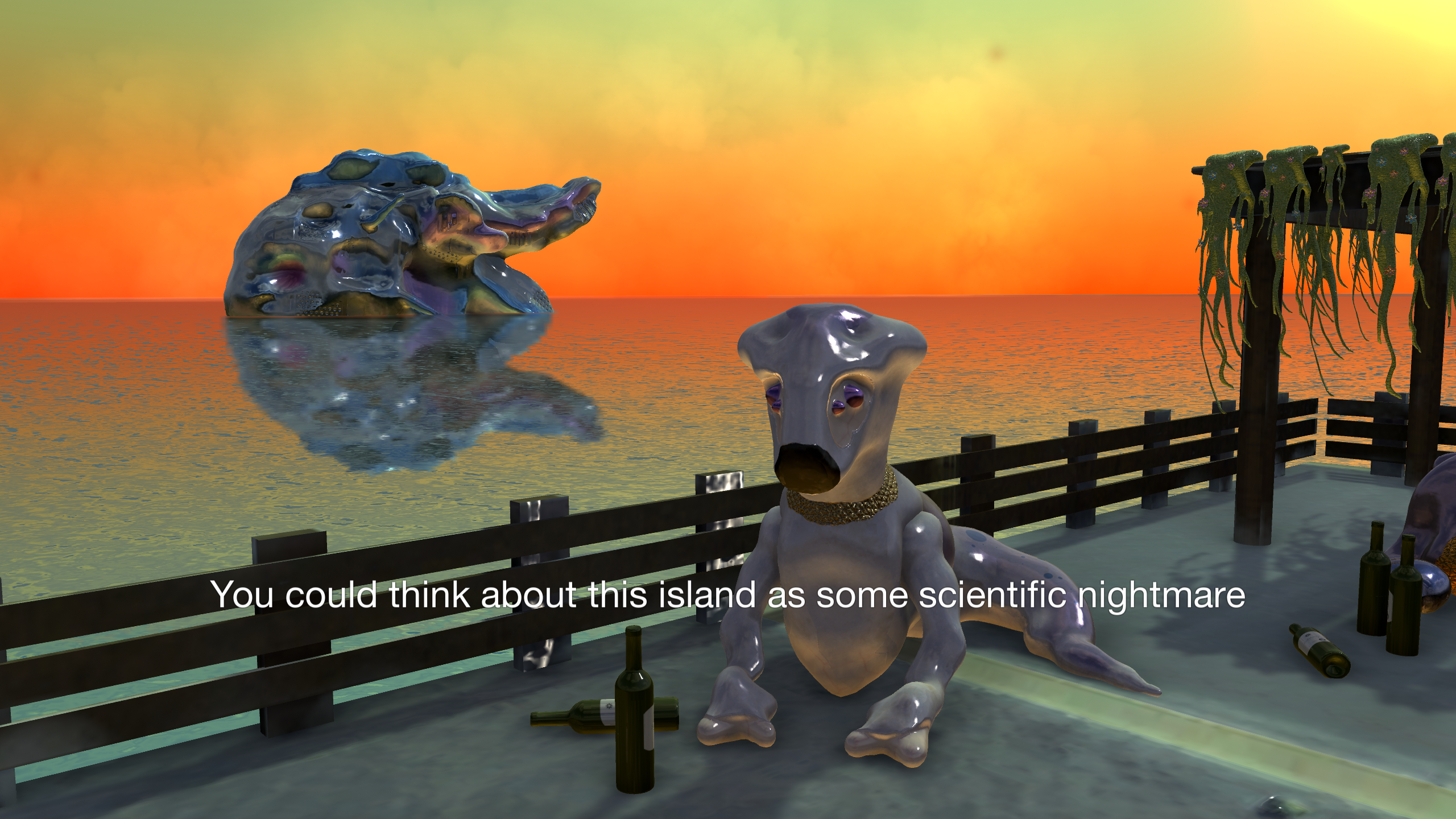
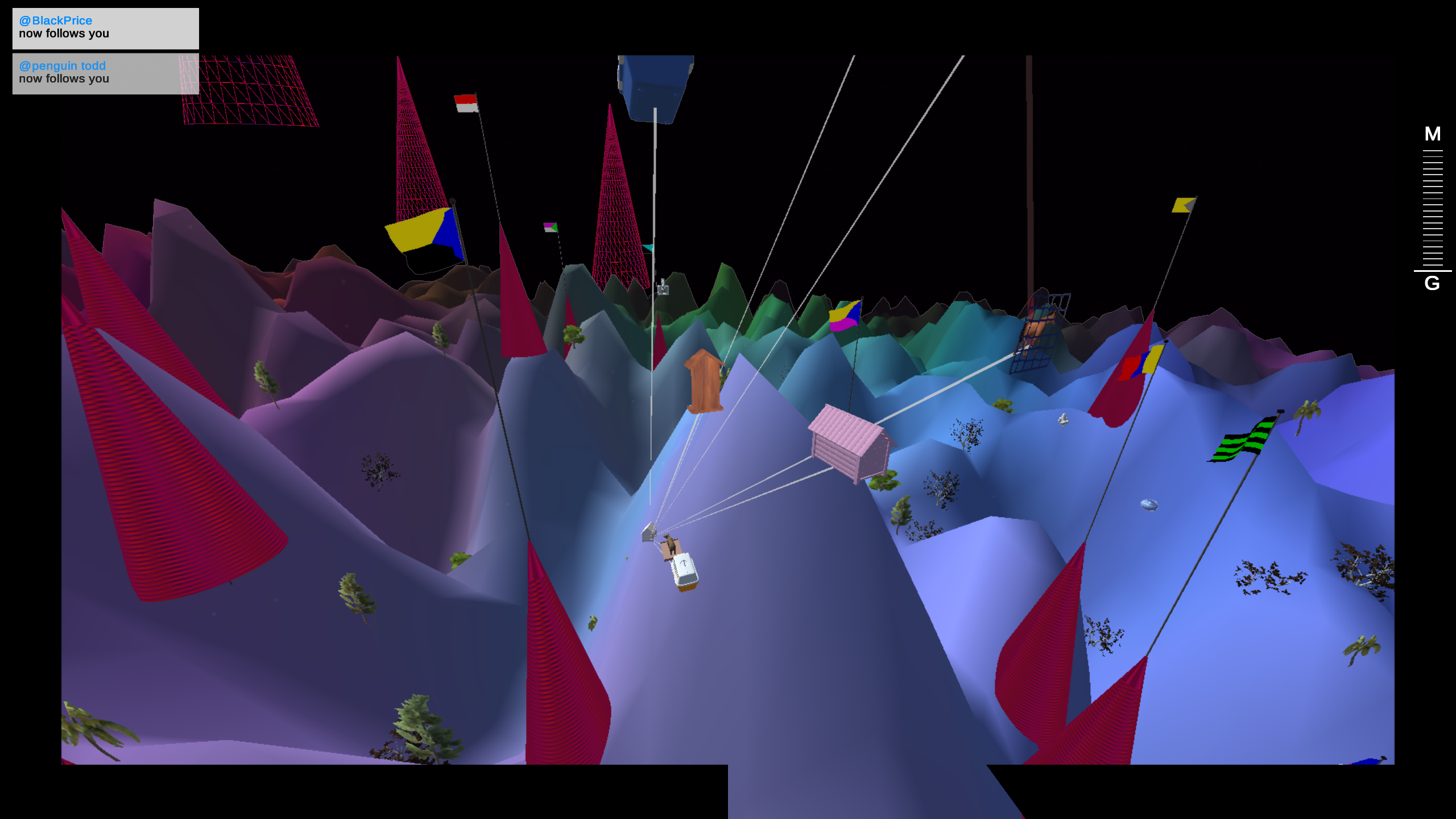
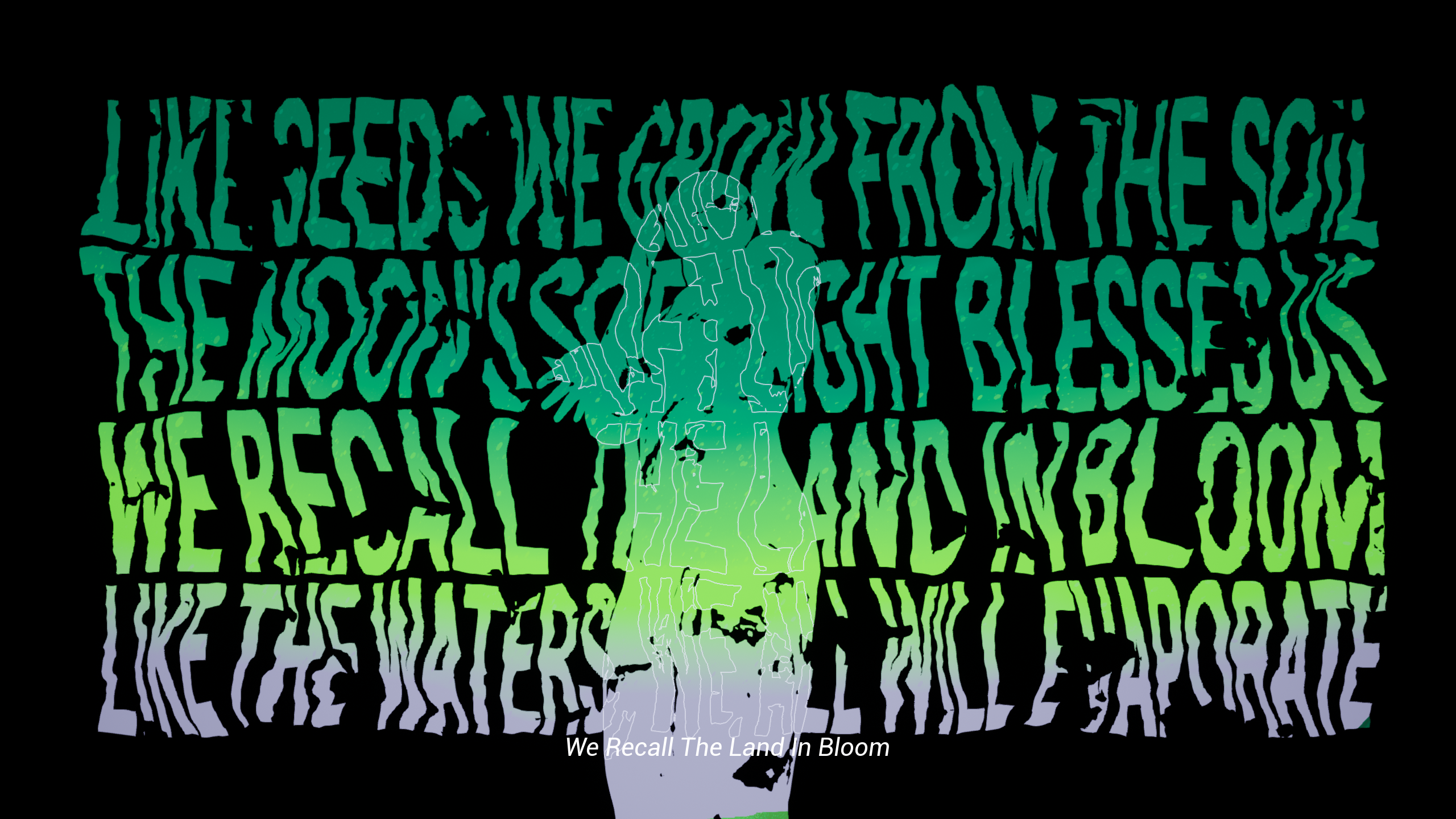
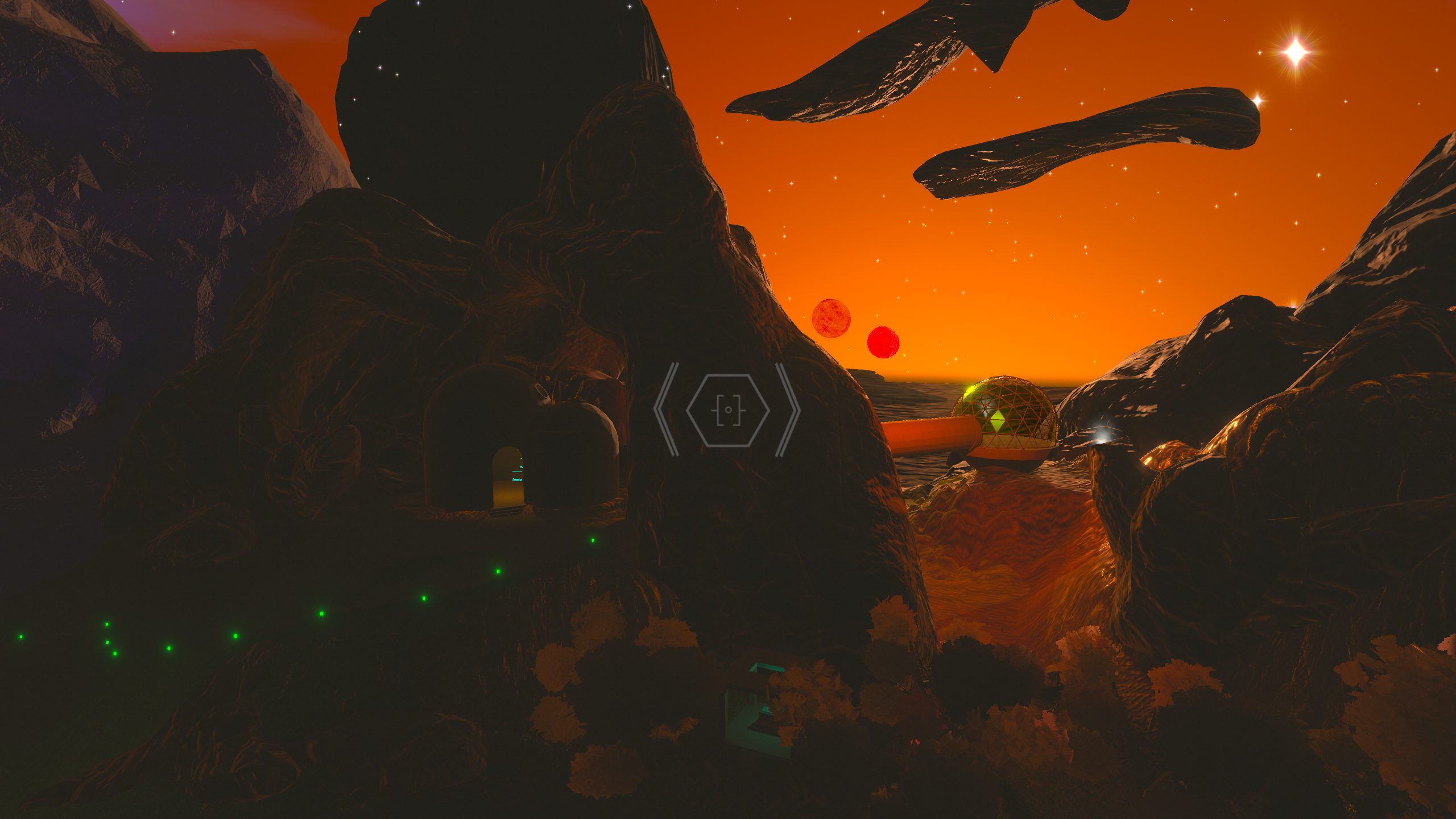
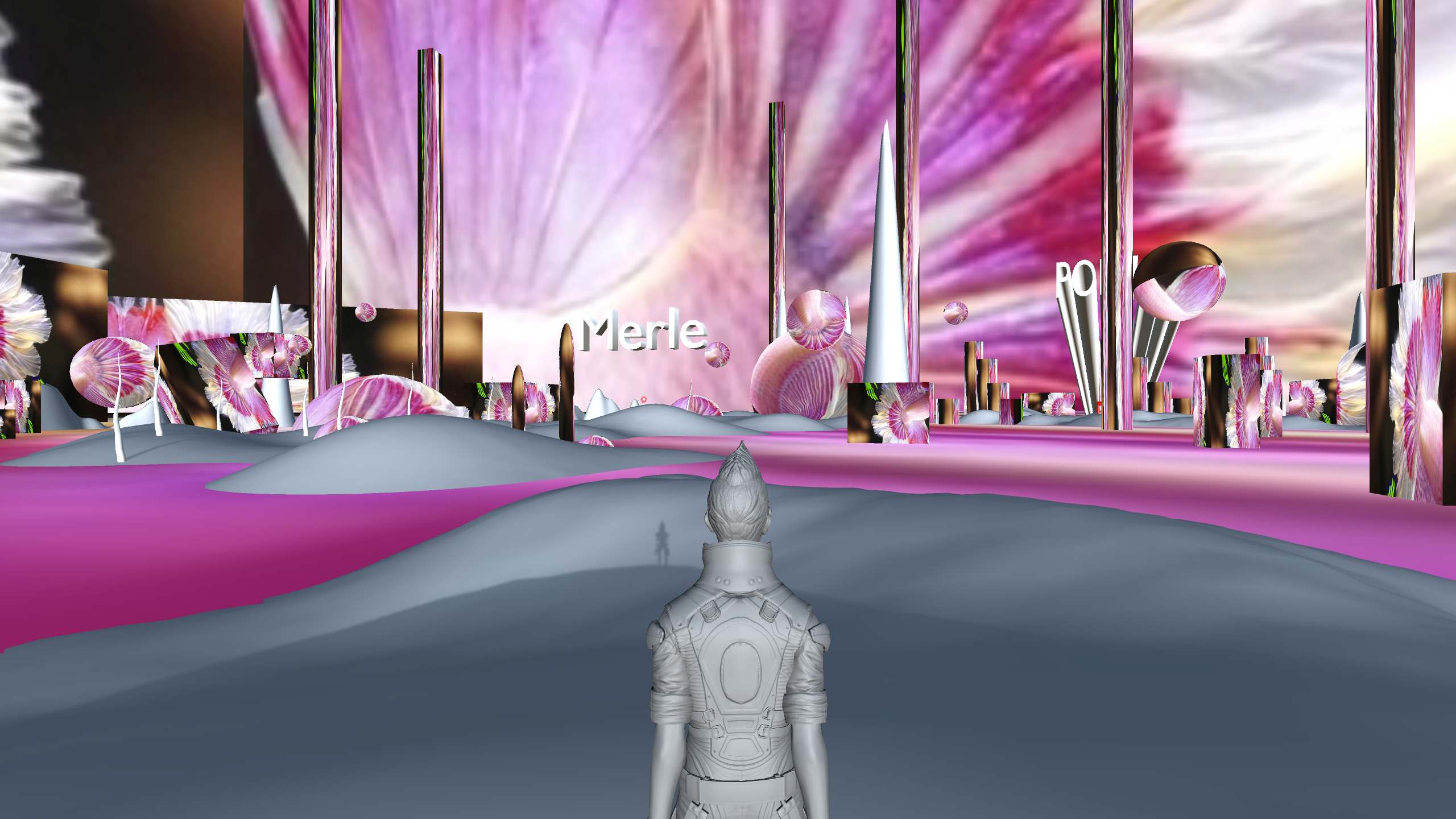
Leave a Reply